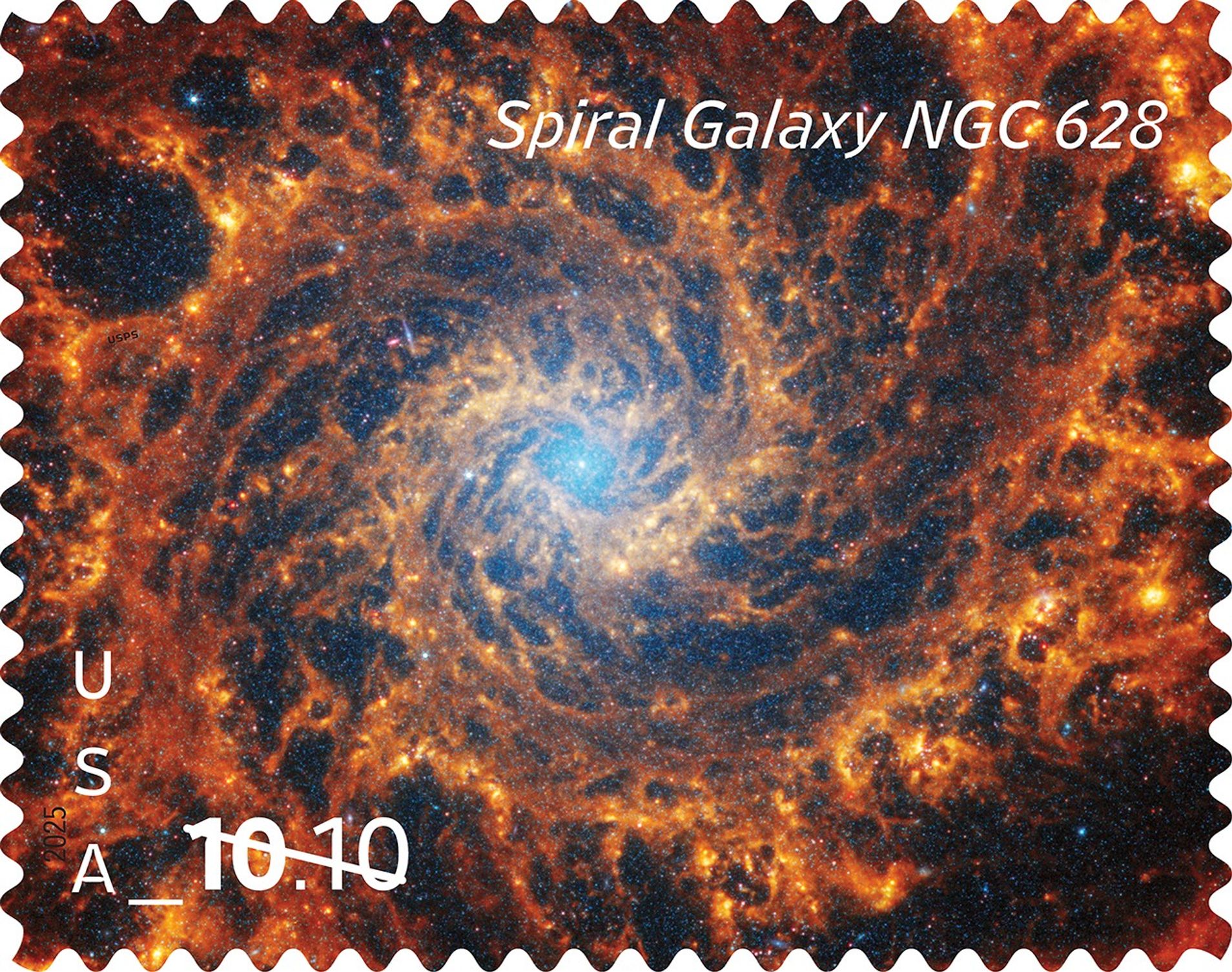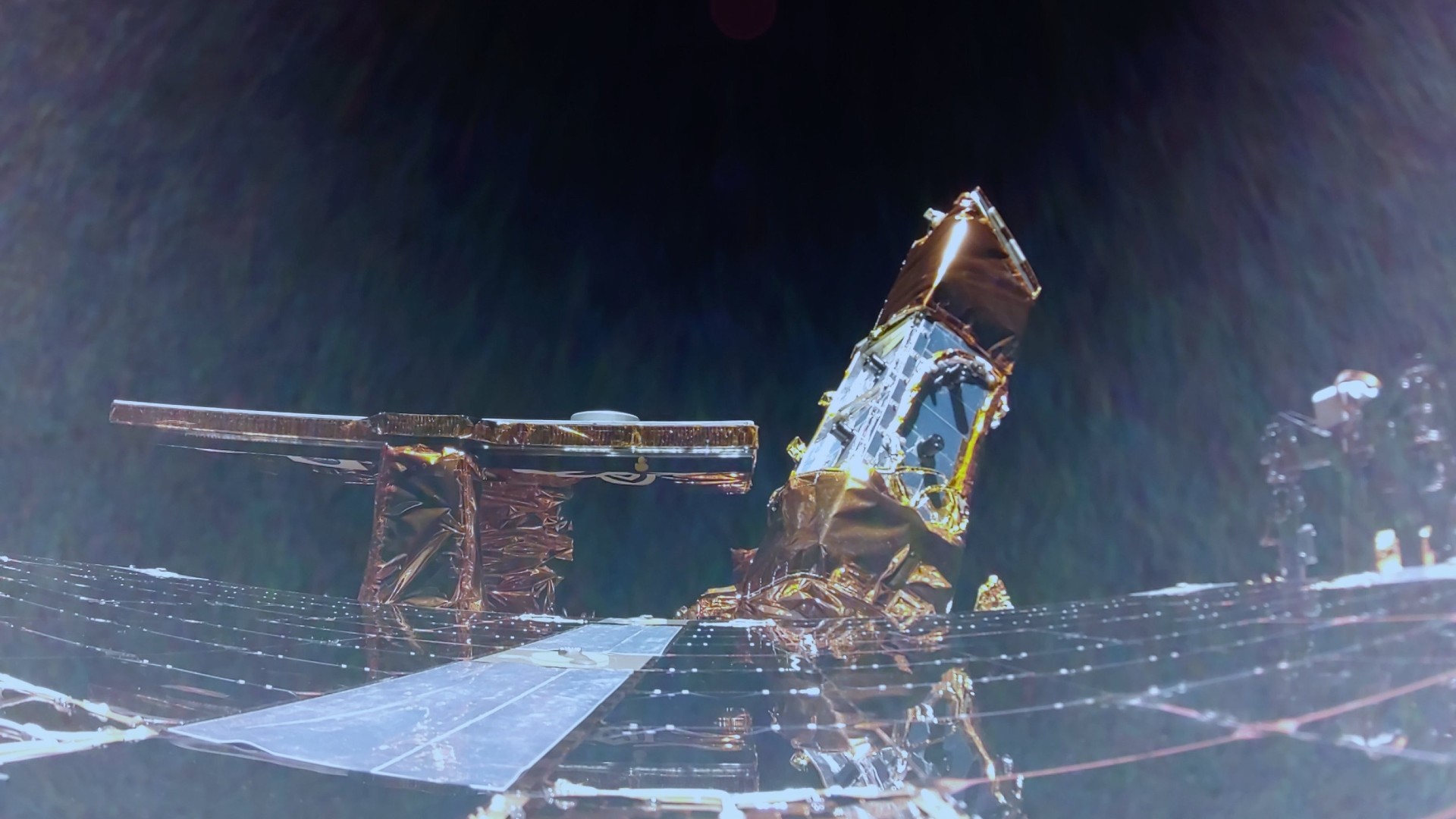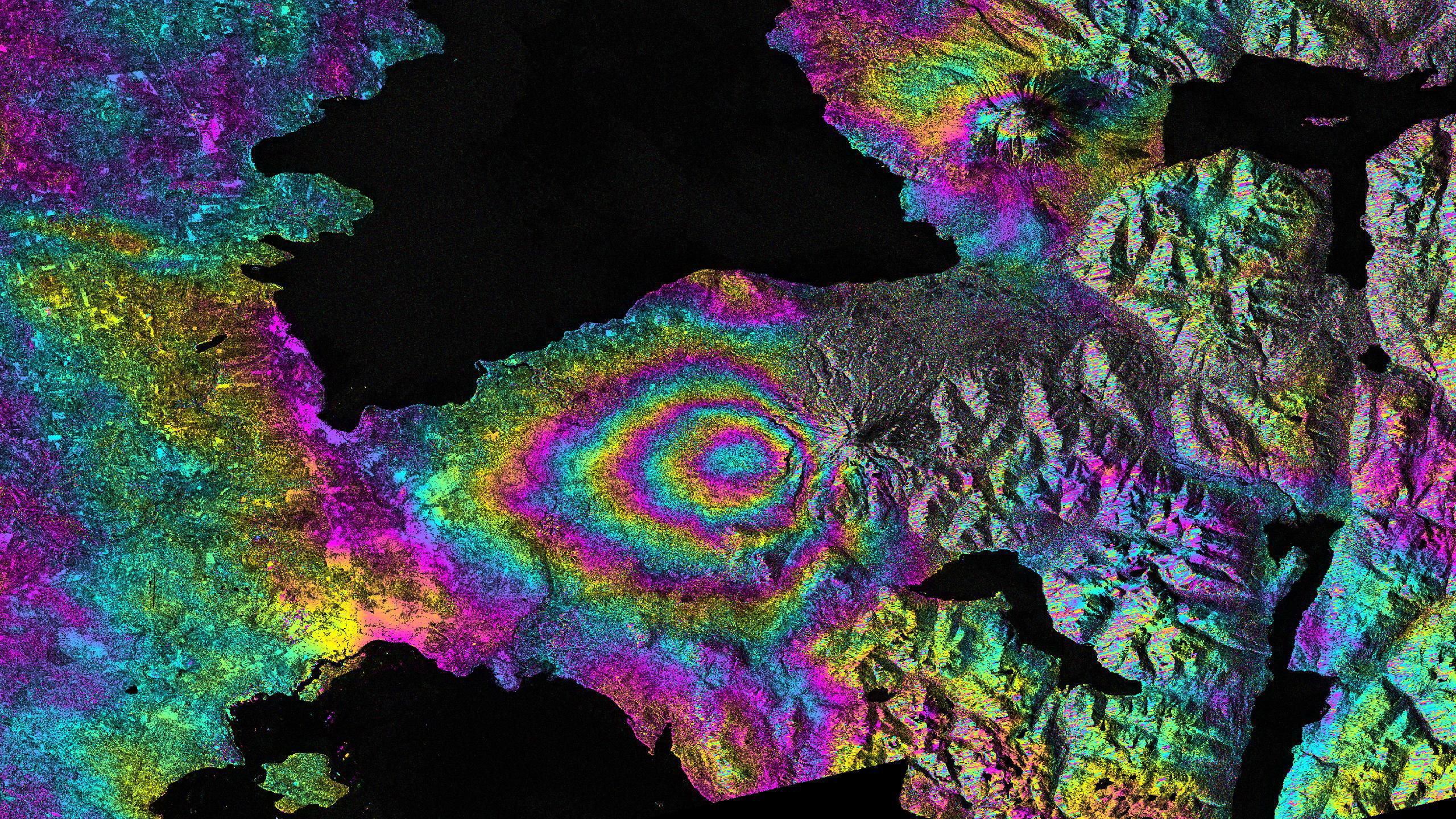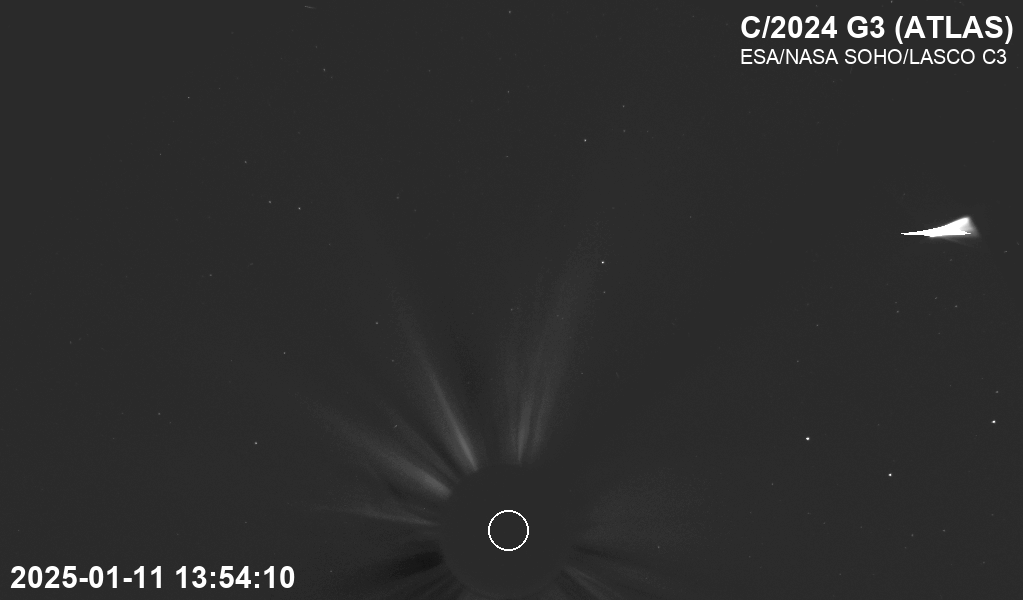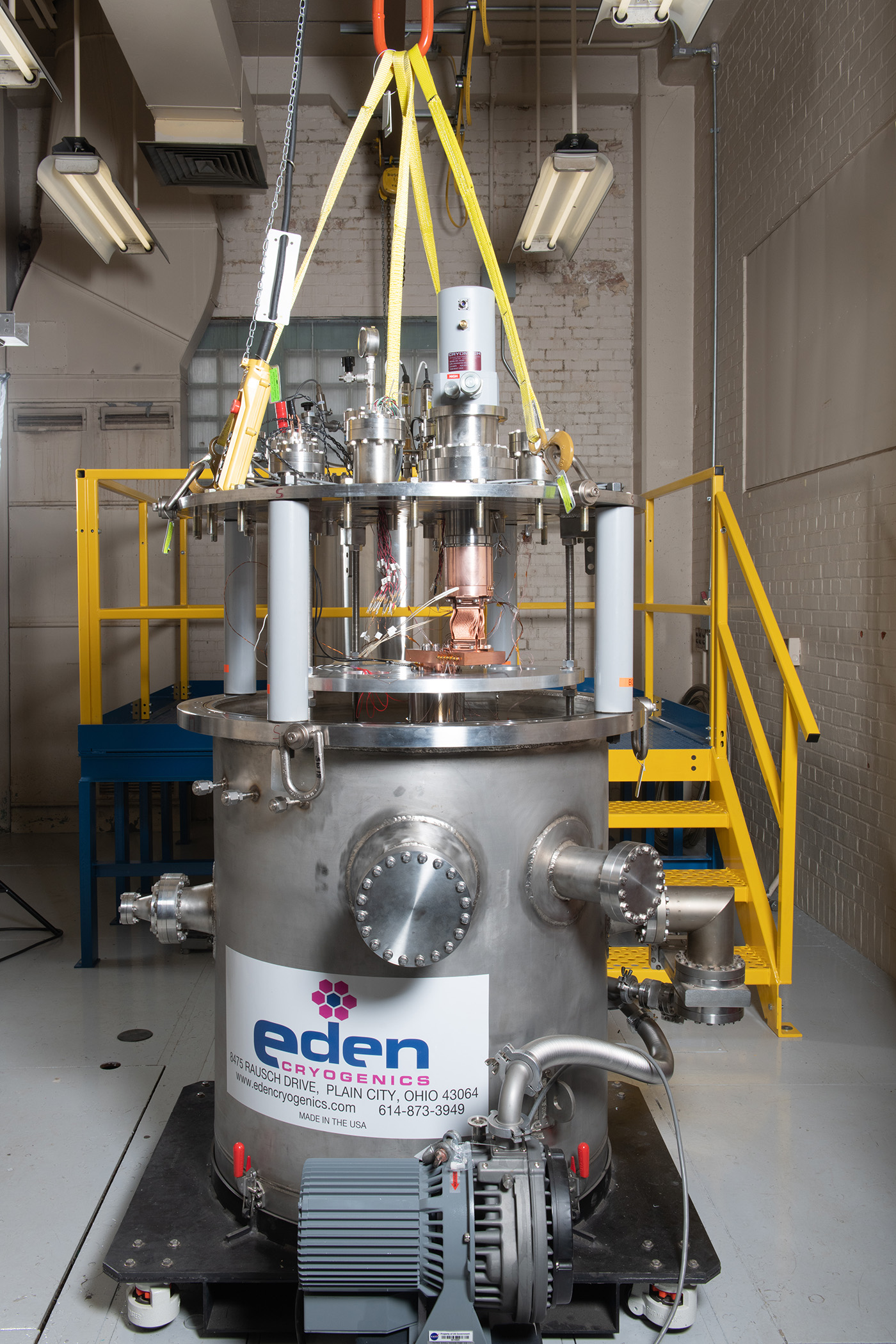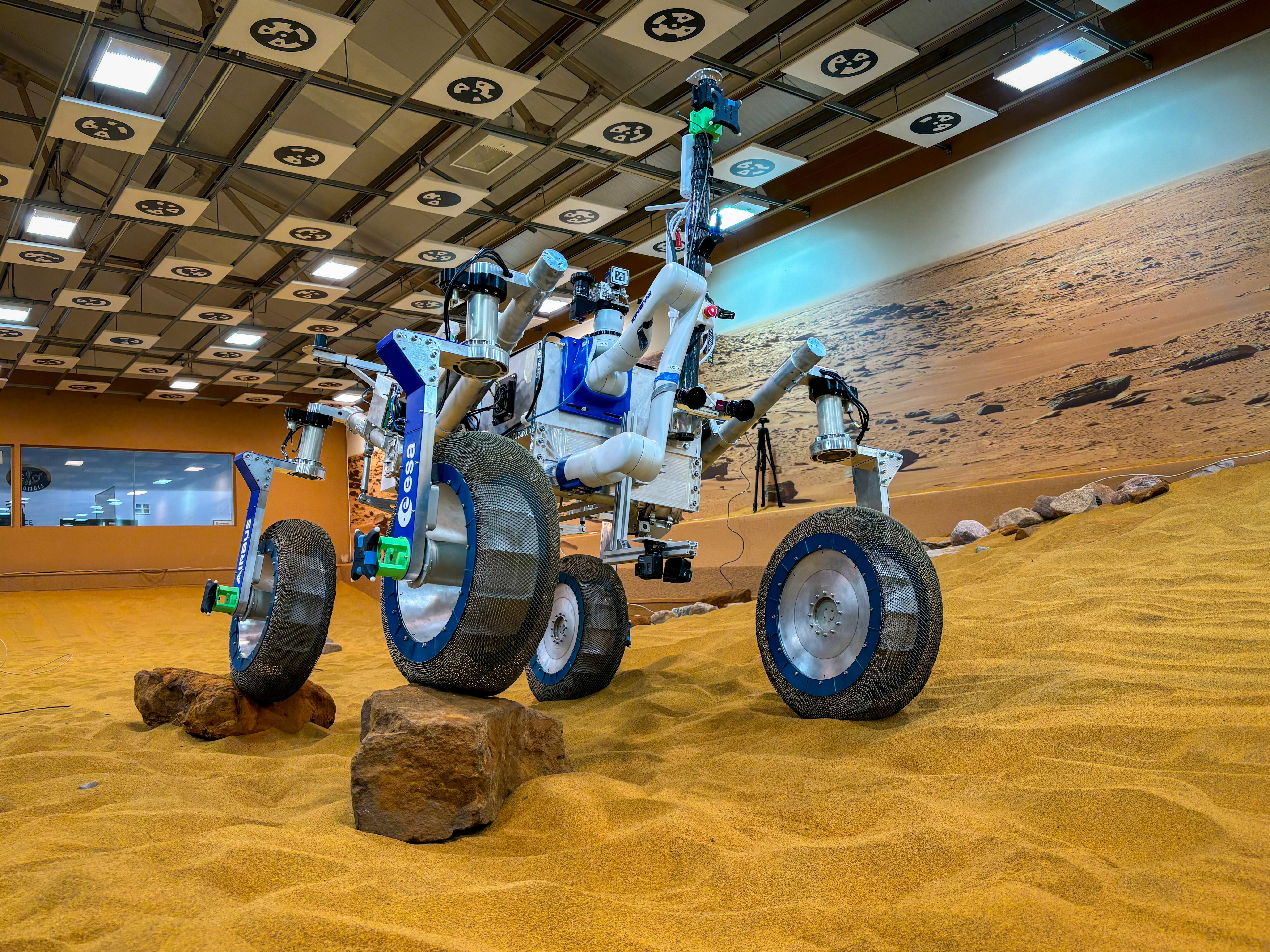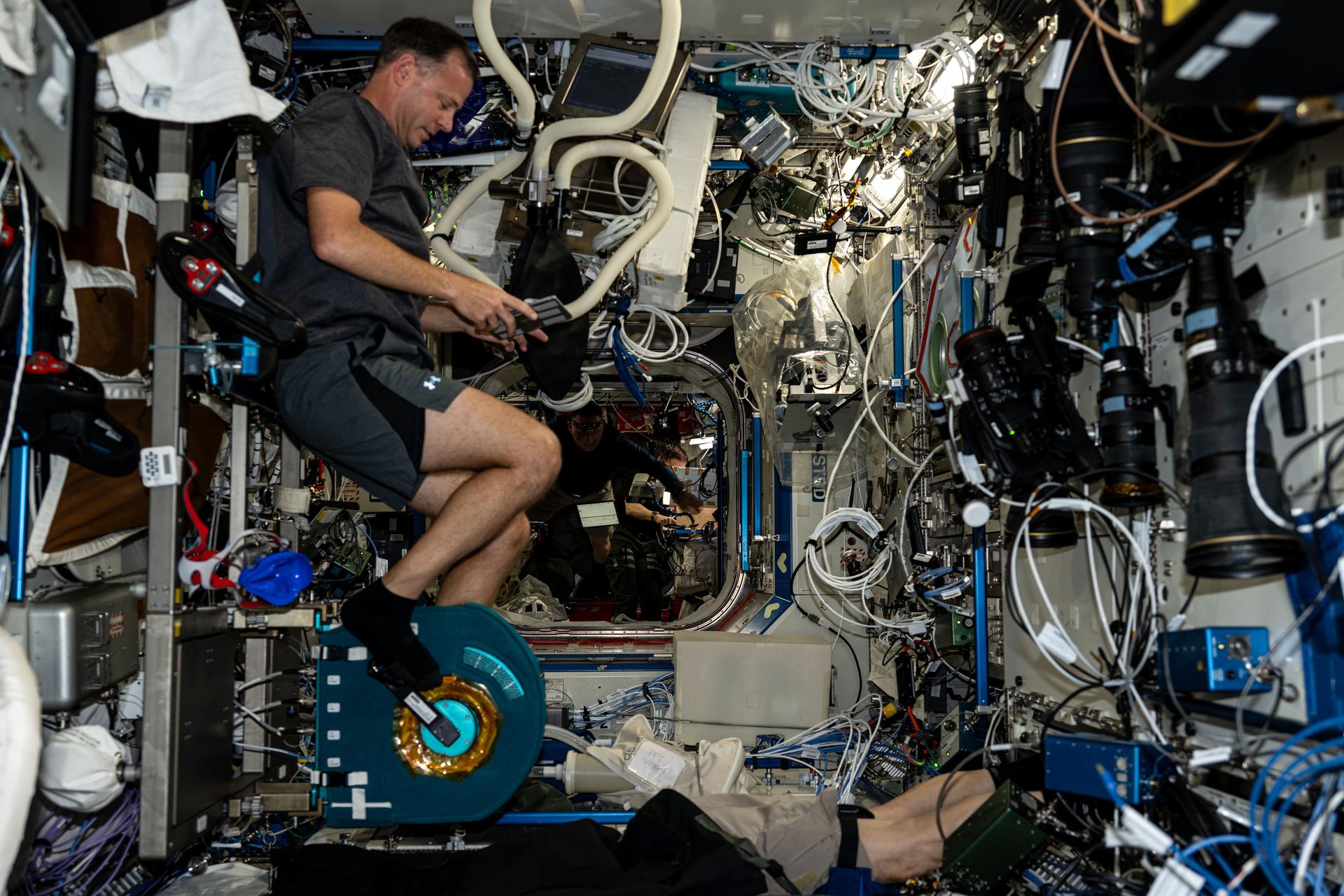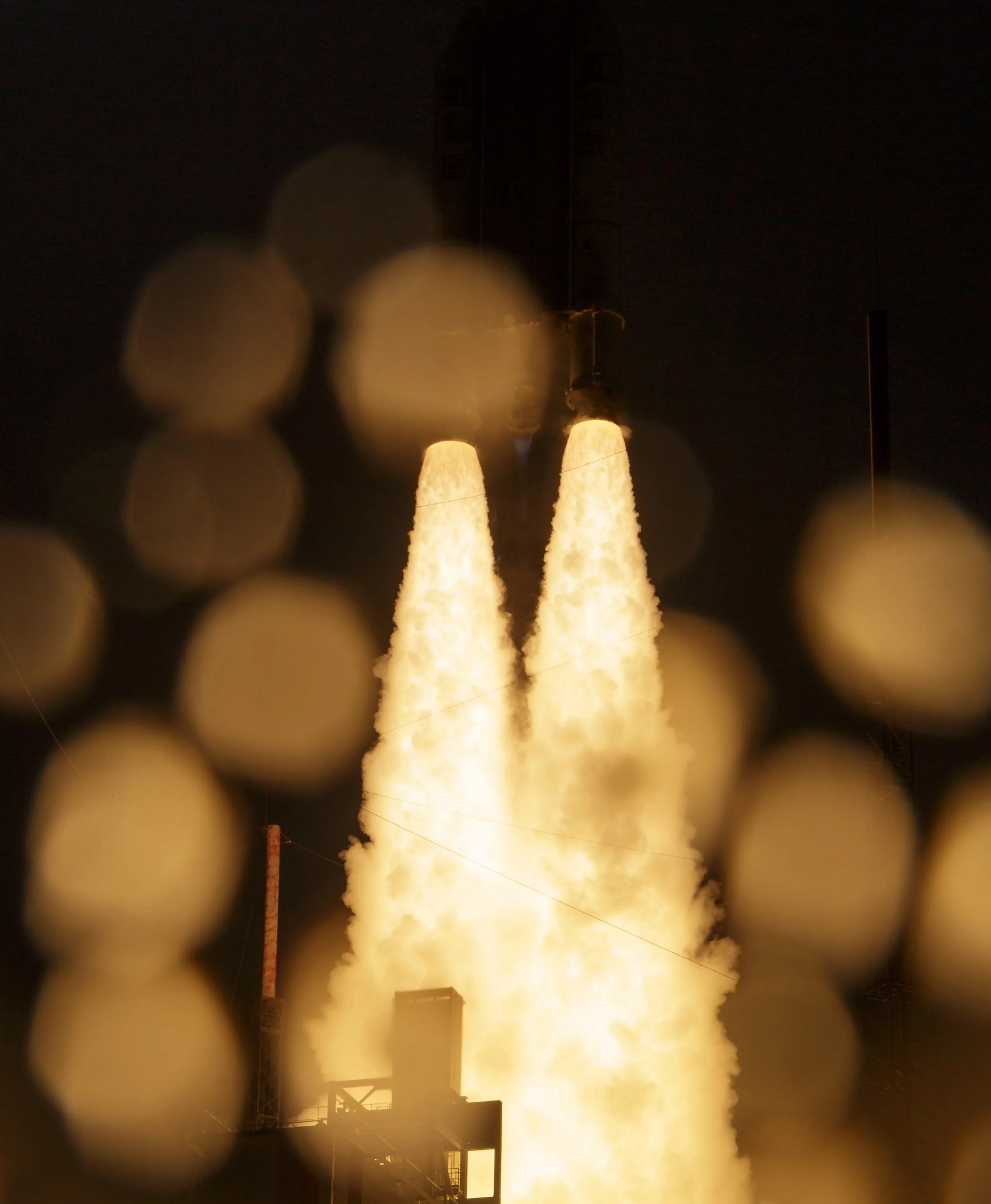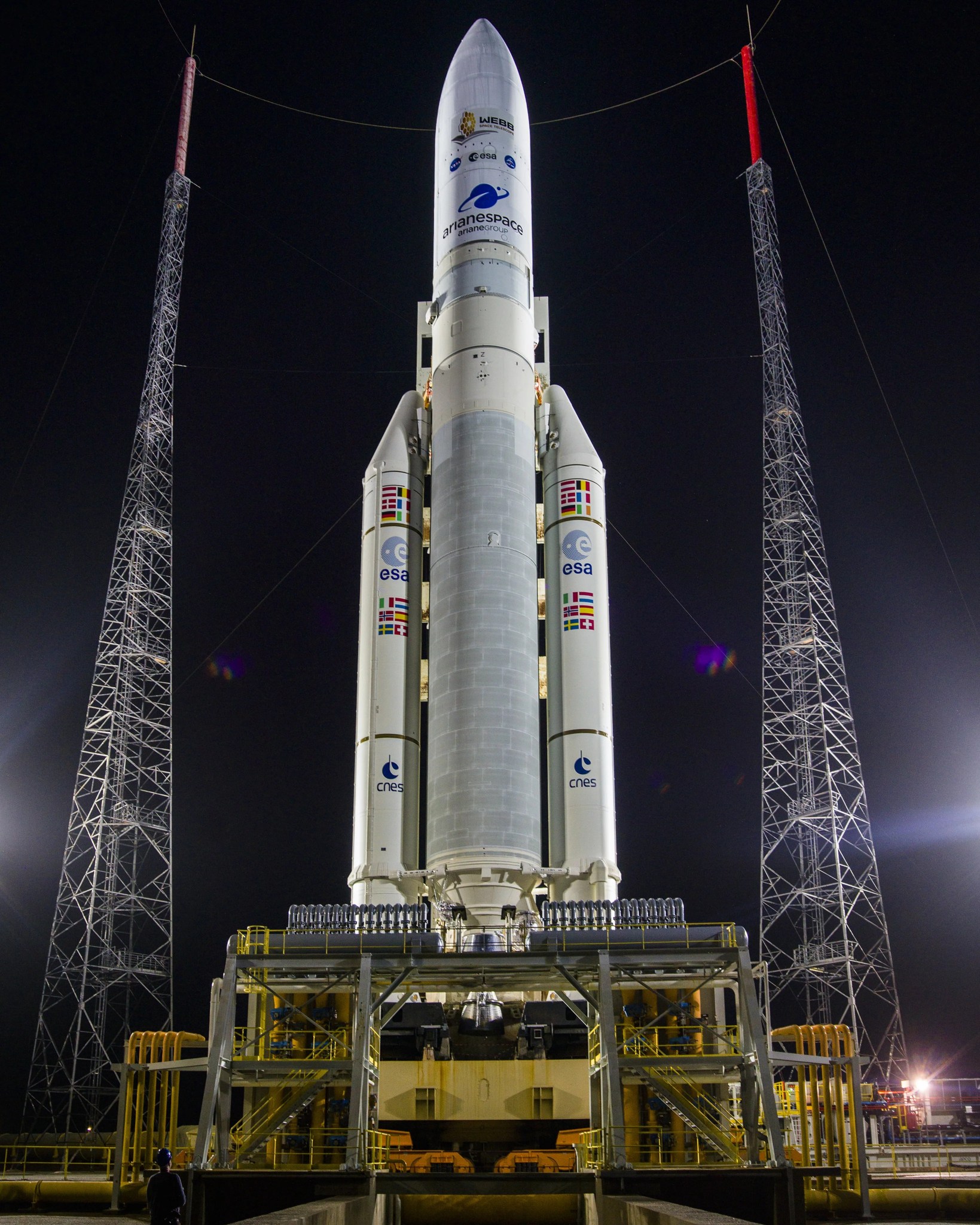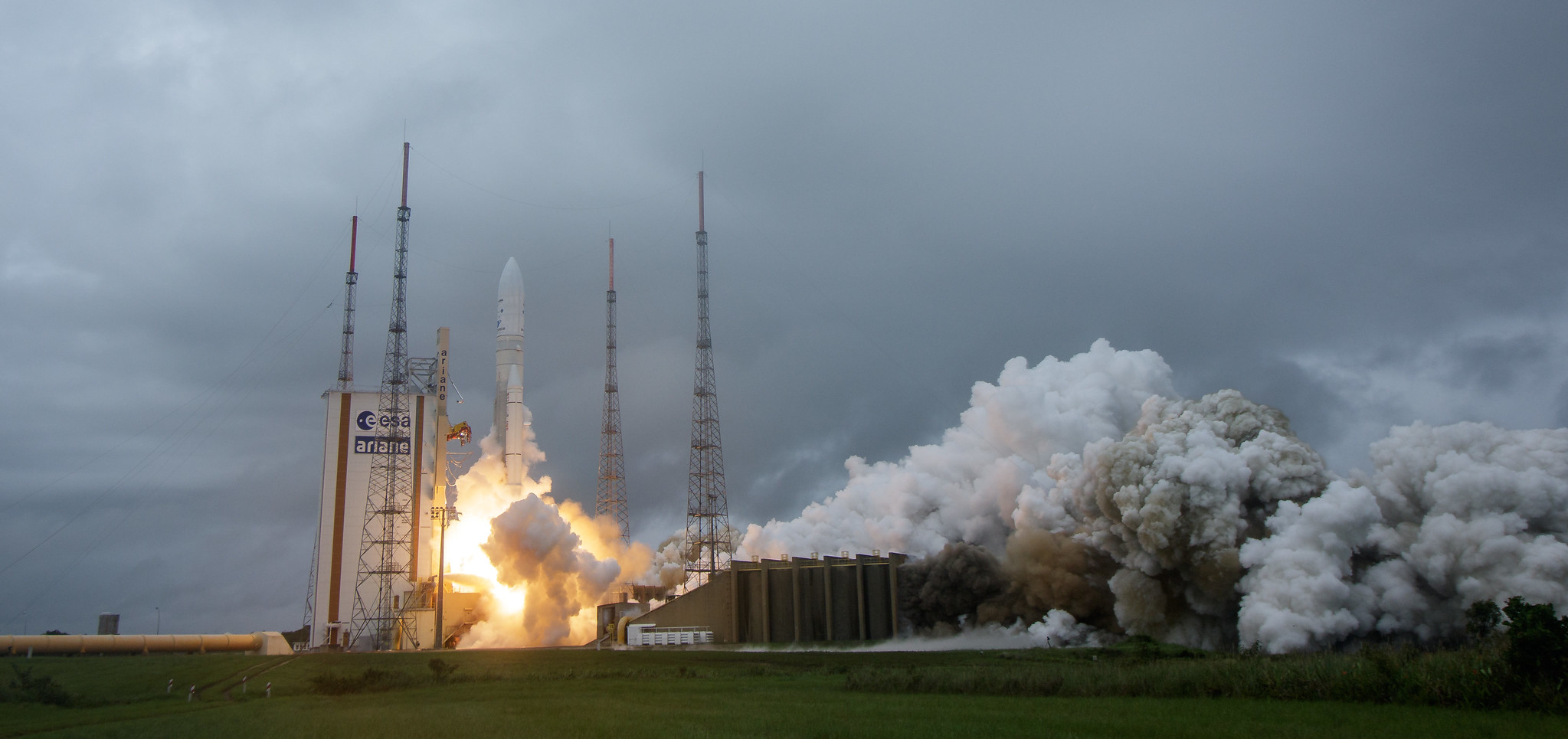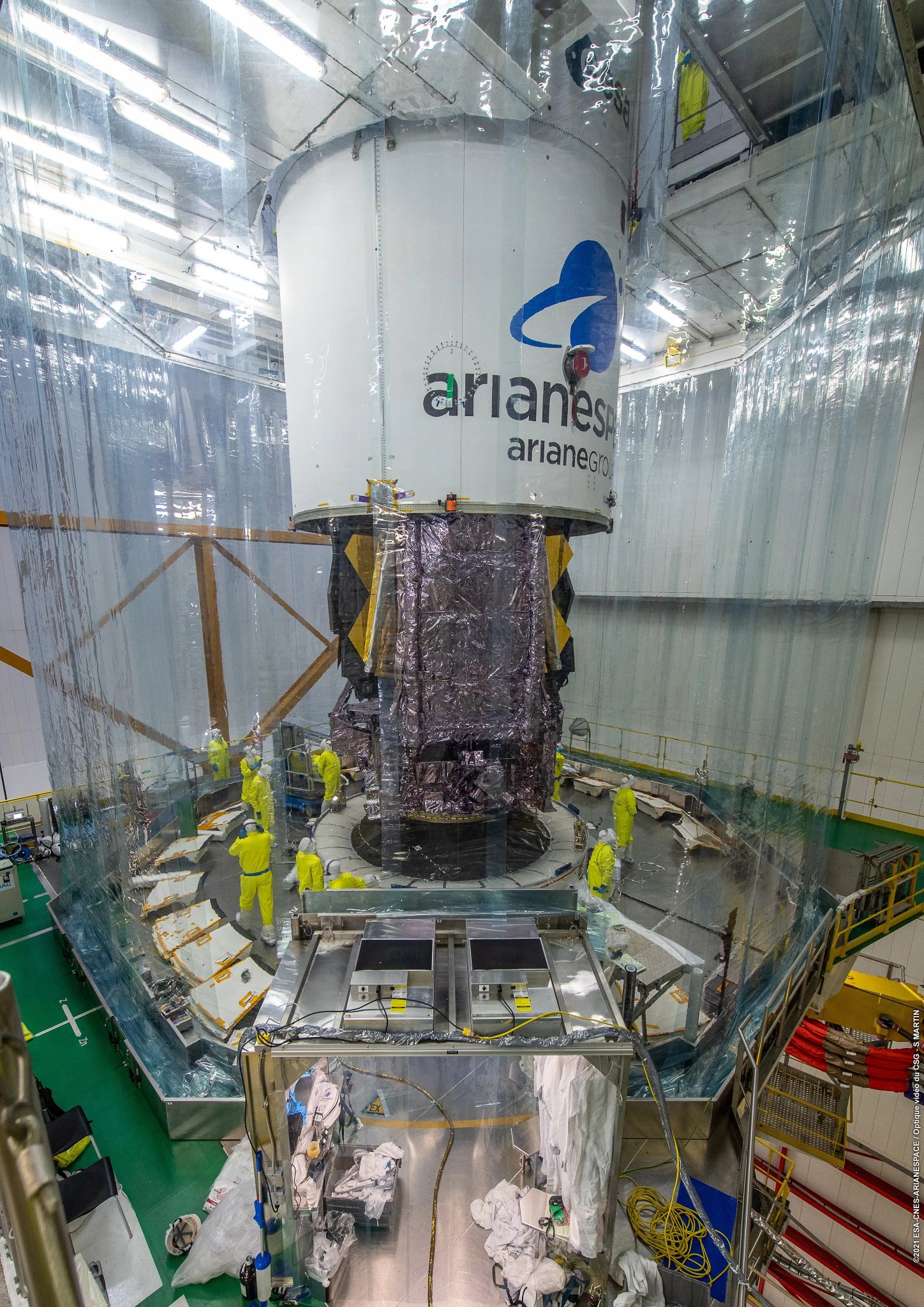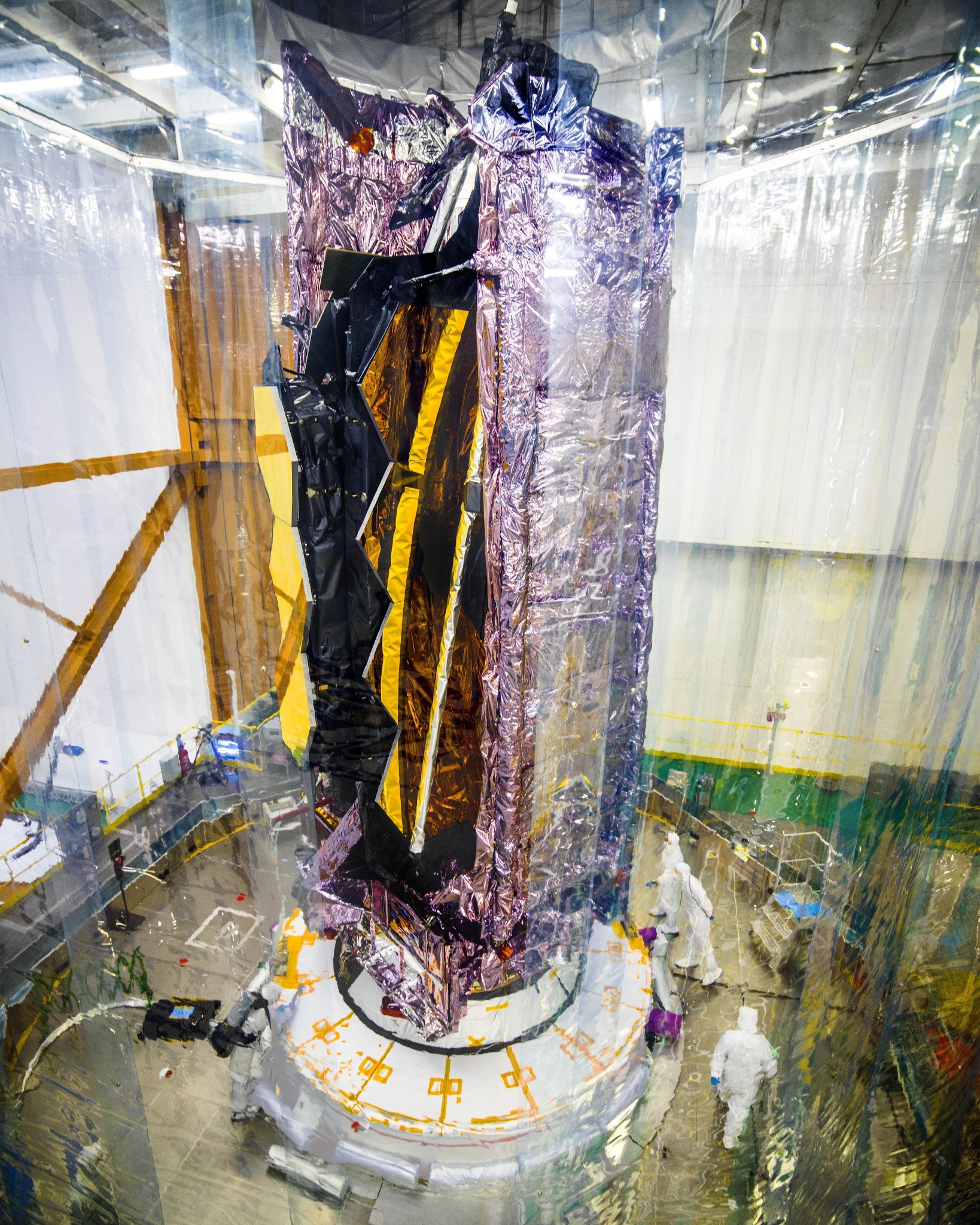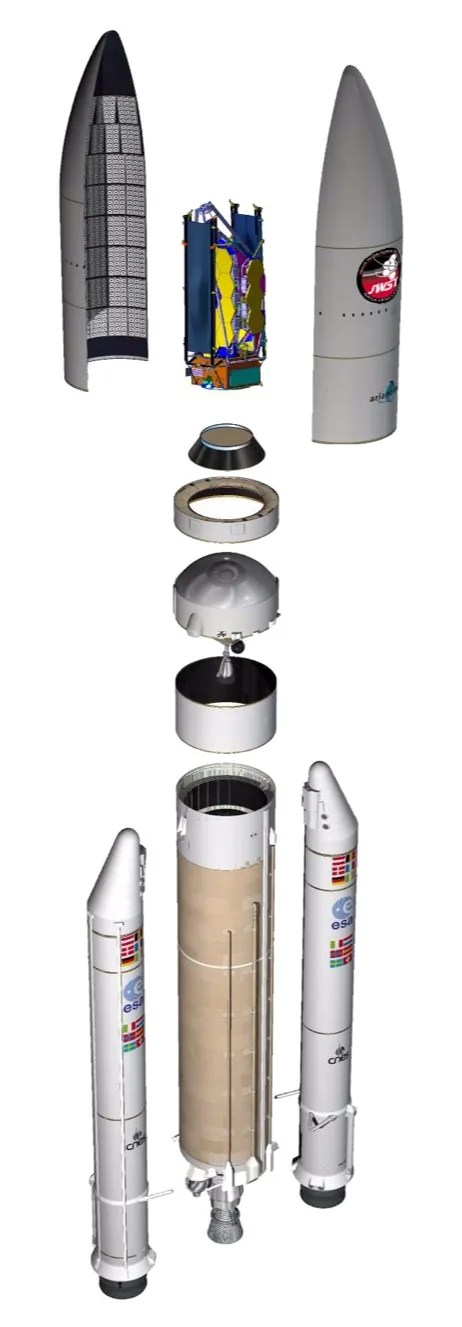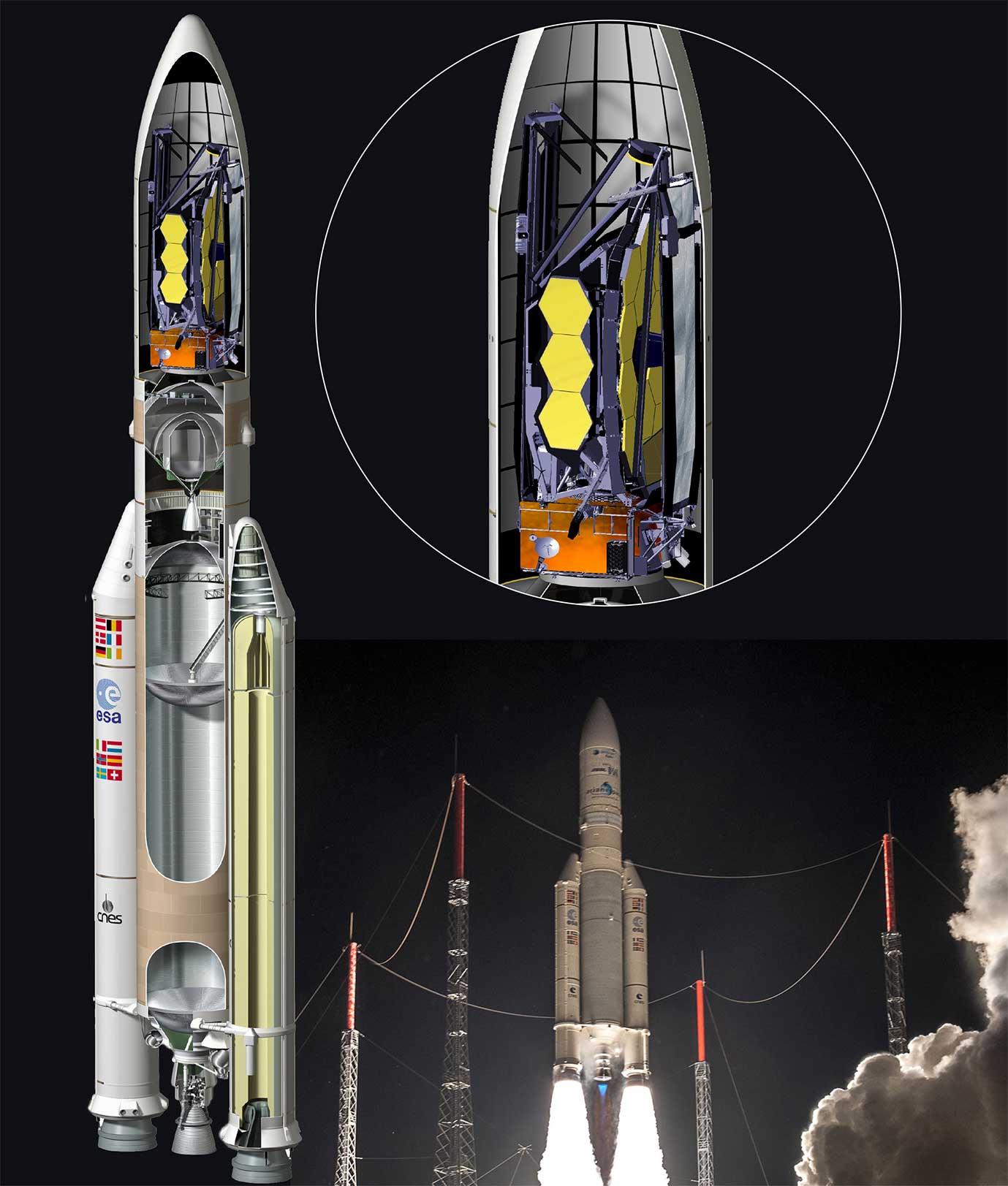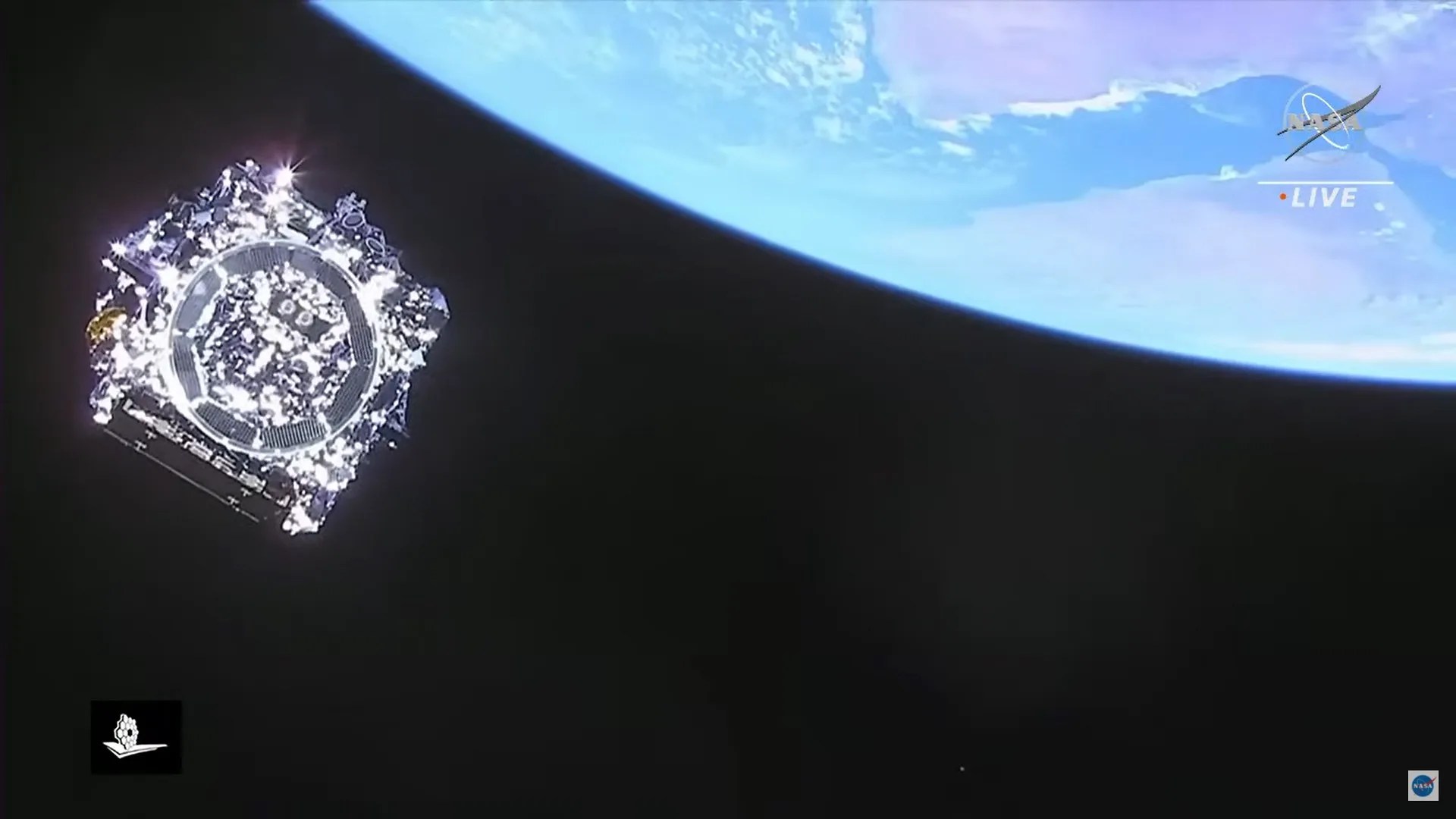THIS PAGE:
Webb’s Launch and Beyond
This page covers information on Webb’s launch as well as post launch deployment and the process of getting Webb from the US to French Guiana where it was launched.
Launch Date
Webb was launched on on December 25, 2021 on board an Ariane 5 rocket from Ariane Space Spaceport in French Guiana. Webb was transported there by ship through the Panama Canal from Northrup’s facility in California where it under went final integration and test.
Vehicle
The James Webb Space Telescope was launched on an Ariane 5 rocket. The launch vehicle and launch site were part of the European Space Agency’s contribution to the mission. The Ariane 5 is one of the world’s most reliable launch vehicles and was chosen for a combination of reliability (it was the only launch vehicle that met NASA’s requirements for launching a mission like Webb) and for the value it brought via our international partnership. Read more about why the Ariane 5 was chosen.
Location
Webb was launched from Arianespace’s ELA-3 launch complex at Europe’s Spaceport located near Kourou, French Guiana. It is beneficial for launch sites to be located near the equator – the spin of the Earth can help give an additional push. The surface of the Earth at the equator is moving at 1670 km/hr.
Webb Launch Slideshow
The image below is a SLIDESHOW. Hover over the image to reveal the controls and see the image titles. Click the image to go to a Flickr detail page with more info and the ability to download the image at various resolutions (lower right down arrow). View the entire slideshow as a thumbnail gallery in new tab.
NASA’s Webb Telescope Launches to See First Galaxies, Distant Worlds
Editor’s note: This release was updated on Dec. 25 to reflect the observatory’s release at approximately 870 miles (1,400 kilometers).…
Read the Story
Launch Video
Components
The Launch Segment has 3 primary components:
- Launch Vehicle: an Ariane 5 with the cryogenic upper stage provided in the single launch configuration, with a long payload fairing providing a maximum 4.57 meter static diameter and useable length of 16.19 meters.
- Payload Adapter: comprised of the Cone 3936 plus the ACU 2624 lower cylinder and clamp-band, which provided the separating mechanical and electrical interface between the Webb Observatory and the Launch Vehicle.
- Launch campaign preparation and launch campaign. The launch campaign preparation and launch campaign were the mutual responsibility of NASA, ESA, Northrop Grumman and ArianeSpace.
How to Ship the World’s Largest Space Telescope 5,800 Miles Across the Ocean
Press Release: NASA’s Webb Space Telescope Arrives in French Guiana After Sea Voyage NASA’s James Webb Space Telescope successfully arrived in…
Read the Story
Post Launch Deployment
After launch, the telescope deployed on its 29-day, million-mile journey out to the second Lagrange point (L2). This video shows the deployment procedure, timeline, and location of the satellite during deployment. More about the telescope’s final orbit around L2.
Final View
This final view of Webb was caught by the upper stage camera just after separation.




